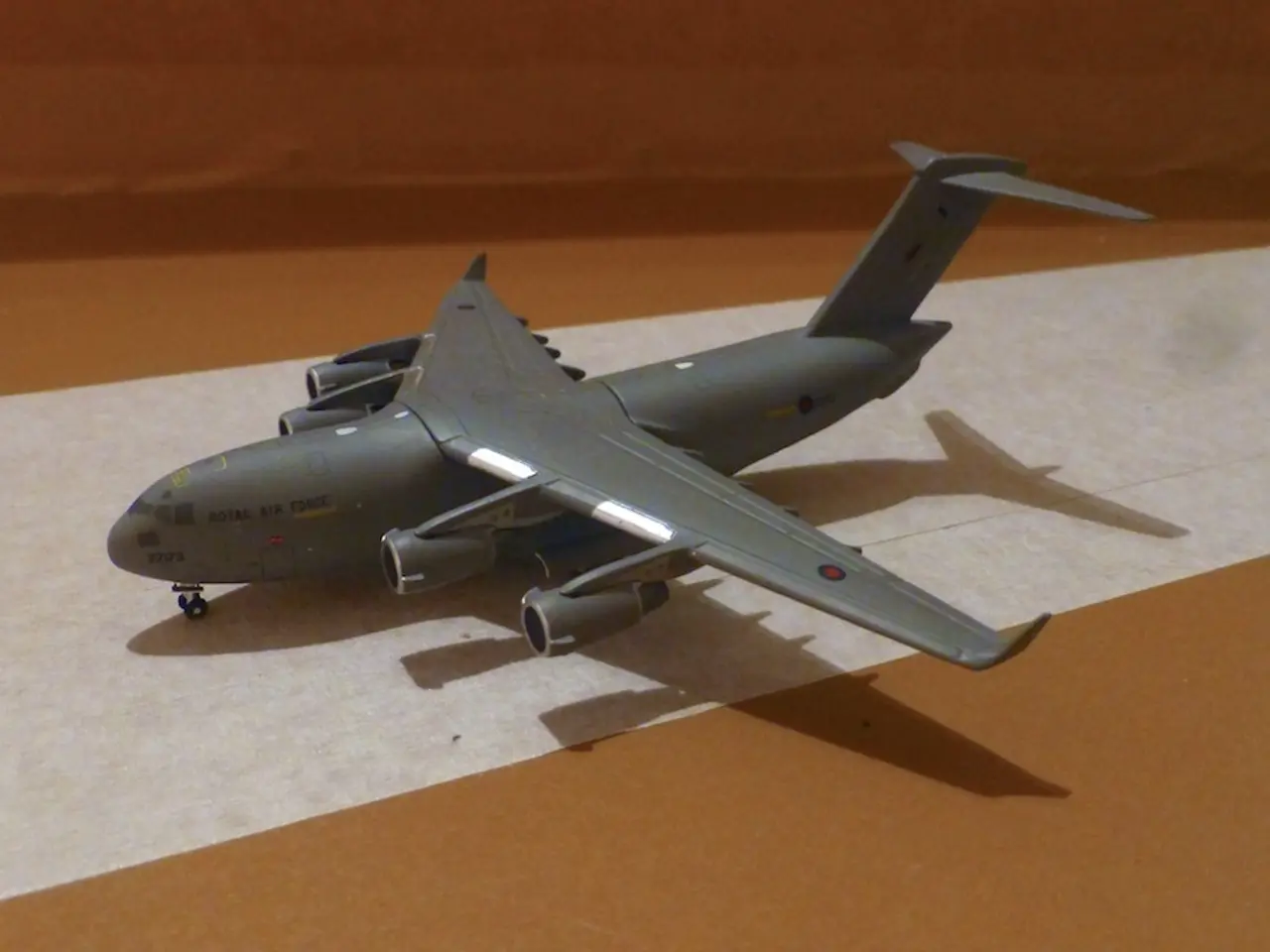Redefined Integration through IPET's AI-Enhanced Drone Propulsion System
In the rapidly evolving world of drone technology, IPET's integrated, AI-enhanced propulsion platform is making waves with its advanced features and benefits. This cutting-edge system is designed to optimize propulsion performance in real-time, offering smarter, more efficient UAV operation.
The heart of IPET's propulsion system is its AI-driven thrust optimization. This technology dynamically balances thrust across multiple rotors and adjusts power distribution and rotor speeds based on real-time flight conditions and mission objectives. This enhancement results in improved energy efficiency, stability, and responsiveness.
Safety is another key focus for IPET. The system improves fault tolerance by rerouting power to functioning motors during failures and adapts to environmental challenges like high winds to maintain stable flight. Furthermore, the system is designed to handle heavier loads and extend flight duration without the need for hardware modifications.
IPET's propulsion system is built for integration across a wide range of professional and industrial-grade platforms, including agriculture, energy & infrastructure, logistics & delivery, public safety & defense, and cinematography & environmental monitoring. The system's quiet operation, at 67 dB at 5 meters, makes it ideal for sensitive applications like urban inspections, wildlife monitoring, and cinematic aerial work.
The system's integrated architecture reduces cable resistance, improves energy efficiency, and reduces heat buildup. IPET's propulsion units are tested for durability and built to endure over 10,000 hours of operation. The all-in-one compact layout enables tighter integration in size-constrained drone designs.
IPET's Health Monitoring System (HMS) is a built-in suite of sensors that turns the propulsion system into a self-diagnosing component. The HMS tracks metrics like motor RPM, thermal readings, vibration amplitude, ESC input voltage, current draw, MOSFET temperature, propeller vibration signature, and acoustic footprint.
The quick-swap propeller system, a distinctive feature of IPET's propulsion system, reduces service friction and increases operational uptime for OEMs, integrators, and large-scale operators. The system minimizes downtime during field repairs or part replacement, contributing to increased efficiency and productivity.
IPET's innovation includes an all-in-one propulsion unit that combines the motor, ESC, and propeller. The direct ESC-to-motor signal path improves control response and smoothens power delivery. The system is designed with long-life bearings and structurally hardened components for durability and reliability.
Looking to the future, IPET's platform has the potential to integrate emerging propulsion technologies like plasma and ion propulsion. These technologies offer silent, ultra-efficient thrust with minimal wear and tear, although they are still experimental. This fusion of mechanical innovation and embedded intelligence is pushing propulsion toward a more connected, autonomous future.
In conclusion, IPET's propulsion system represents a significant advancement toward fully autonomous, reliable drone propulsion systems tailored for next-generation aerial vehicles. With its AI-driven thrust optimization, extended flight time and load handling, and smart health monitoring system, IPET is leading the charge in the development of advanced propulsion technology for the drone industry.
The AI-driven propulsion system developed by IPET, with its ability to optimize thrust and adjust power distribution, is making strides in the aerospace industry, especially in the realm of finance and data-and-cloud-computing, as it provides smarter and more efficient UAV operation and leads the way in data collection and analysis.
With its potential to integrate emerging propulsion technologies like plasma and ion propulsion, IPET's system is poised to revolutionize the technology sector, offering ultra-efficient and autonomous propulsion solutions that could significantly impact various industries, such as logistics and delivery, and public safety and defense.








